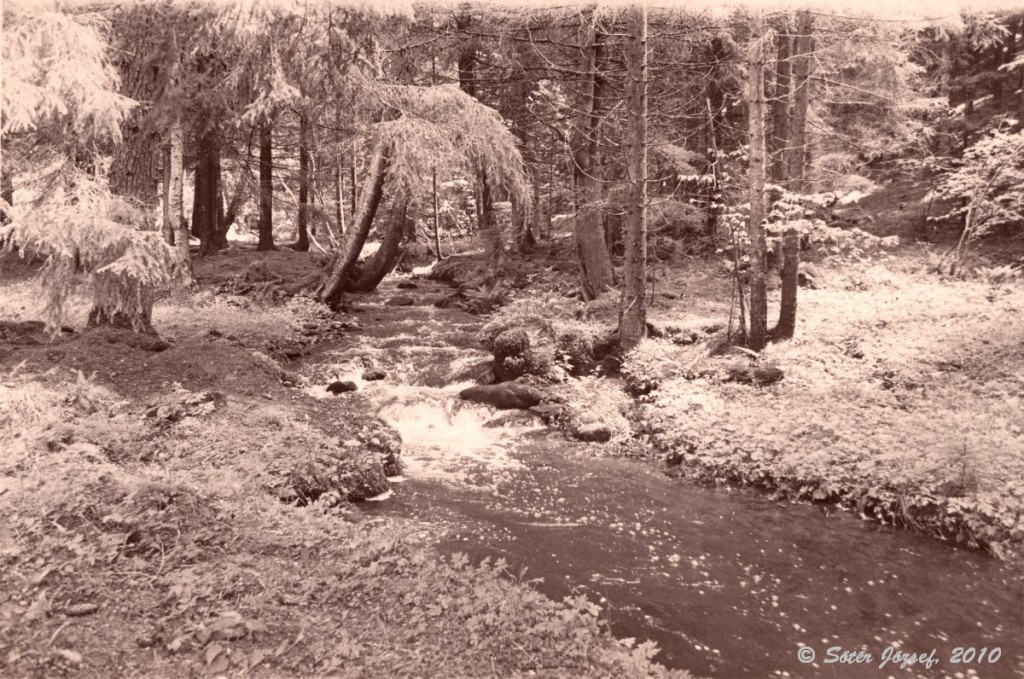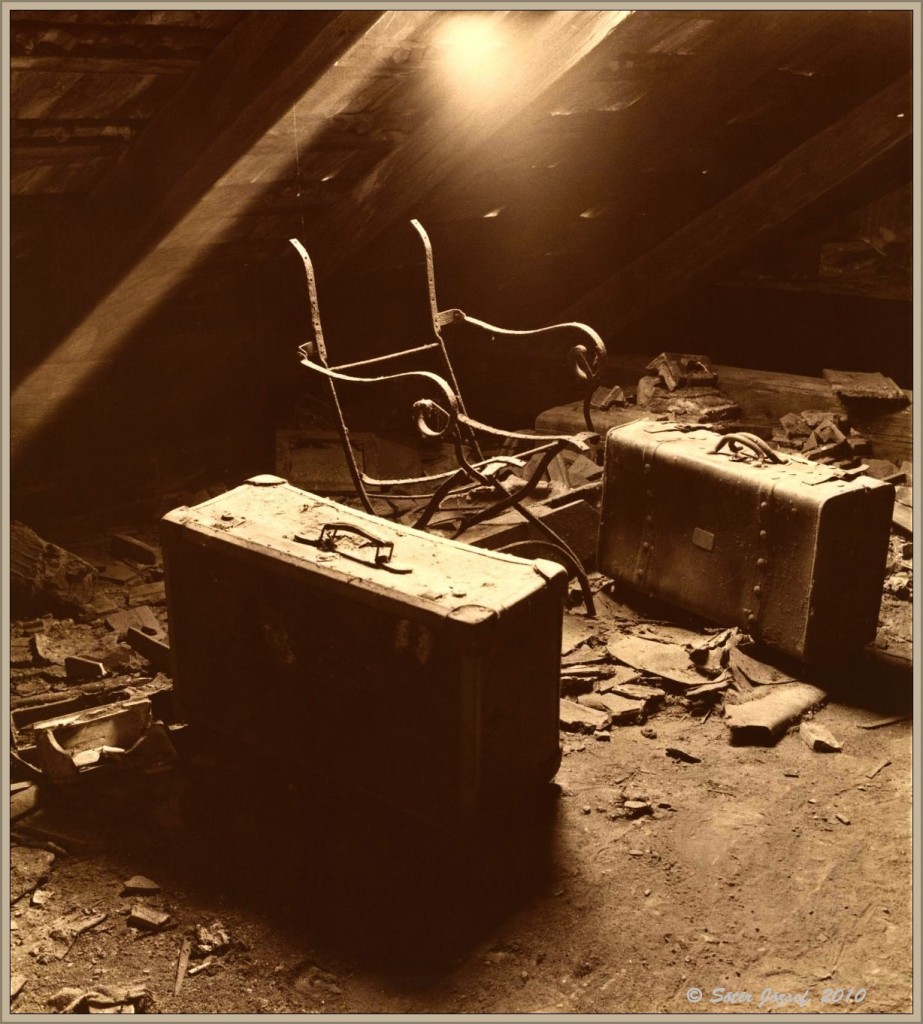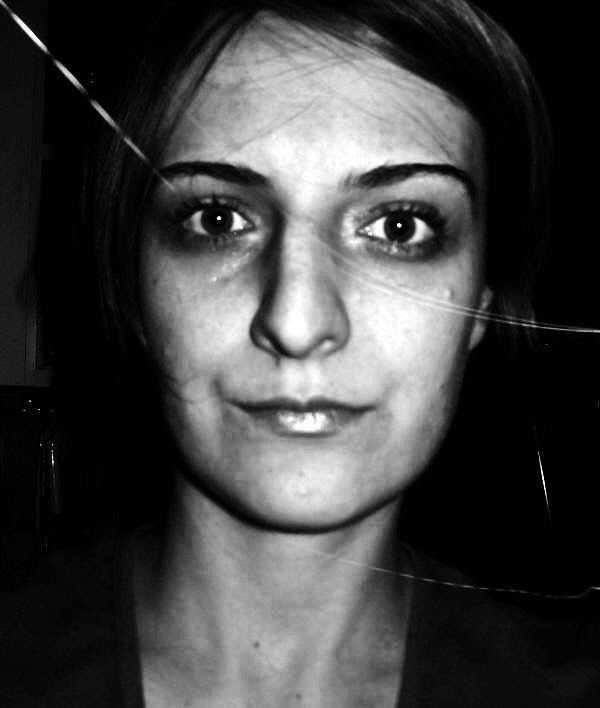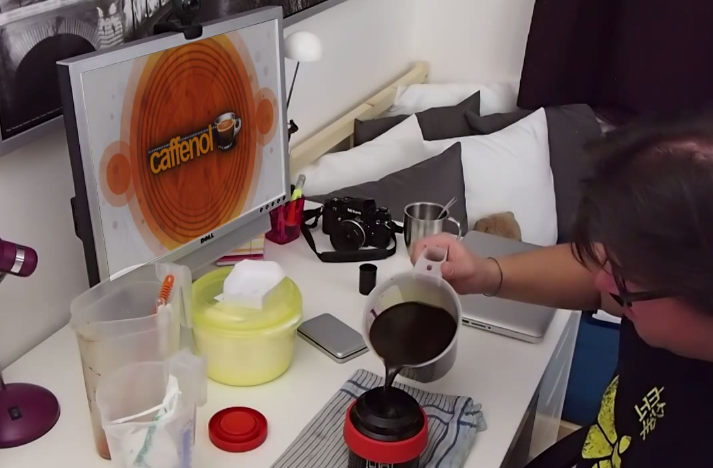Caffenol for paper prints
It’s been a long time since there was an article here on caffenol.org and I know that some of you are really looking forward to see more pictures of prints developed in Caffenol. I have received very nice results from József, a Hungarian mechanical engineer, coffee addict and lover of analogue b&w photography and good wines.
József writes:
Caffenol came to my life as a crazy idea. Some months ago I found a short description of Caffenol in a Hungarian photography forum. It was enough to wake up the curiosity in me so I began to search for additional info about it. Then I decided to try… The first attempt was an expired (and forgot in the camera) Fuji Superia 400 colour negative. It worked, I had very promising result so I knew that I must go on with this coffee soup. But I found the paper development more exciting.
I’ve got hundreds of old Forte papers (some are 30 years old) to play so I used some of these for the first test. I chose some “unusable” frames to enlarge with very high contrast because I expected Caffenol to be a compensating developer. I was right, caffenol is absolutely suitable for hard negs. The following sample shows what I want to describe…
Ok, Forte was just to play. The second round was a serious work with my favourite paper: Fomatone MG Clasic. I have to say Fomatone loves coffee! It’s simply amazing. I love its tones (even in regular paper developer) and colours, because there’s no black and no white! (See befpass-1200.jpg in the attachment.) I tried Fomabrom Variant as well but it needs more time to find the suitable settings for this paper.
Technical details: I used a general recipe for papers: 900 ml water (I use distilled water) 12 tsp instant coffee, 6 tsp soda and 3 tsp vit C. Temp was 20 C. Since Fomatone is a variable contrast paper I used #2 filter from Ilford Multigrade filter set. I set the exposure for a standard 2 min development. As you mentioned Caffenol exhausts quite quickly so development time must be increased by 30 sec after each whole paper or 1 min after every second papers. I think the exhausting depends on the number of developed paper, not he time. You can work with the soup for hours if you don”t develop too much papers.At last my personal experience and advice: I recommend a wash directly after the development with the same temperature to prevent the clarity of your stop bath and fixer. This means, if you use stop bath, insert a tray between the developer and the stop bath filled with clear 20 C water. When you develop the 3rd paper, check the development after 2 min and decide if you need to increase development time. You have to take the paper out of coffee if you want to see anything. After 6-8 papers or if development time exceeds 4 min it’s recommended to mix a new soup. Agitation is important. I agitated continuously. When the development time is increased, the agitation should be continuous at least for the first 2 minutes.
I have to say I am very impressed by the results, and it matches my experience using caffenol as a paper developer: the amount of sheets counts, not the time of using caffenol as developer.
József is reachable through his website on http://www.designengineer.hu
As usual, if you have comments regarding this post, successful or even unsuccessful results of your caffenol experiments, or just nice pictures to share, feel free to give me a shout using the contact form.





20 Comments
József Sótér · May 26, 2011 at 11:27 am
Hi Erik!
Thanks. It’s a good idea to use those papers as paper negs – especially if they’re thin. I hope you’ll get nice results with Forte-Caffenol combo.
Norman · January 18, 2012 at 8:45 am
I love the attic picture XD!
Yvonne · January 31, 2012 at 11:36 pm
Thank you for this post. I came across it whilst looking to do a contact print 🙂 I had no idea paper was so fast to develop!!
It worked wonderfully.
Graham Hughes · April 28, 2012 at 10:38 pm
I am so excited, I developed my first paper in Delta STD last night………not accurrate formula due to my scale but it worked and I am very happy……..the adventure begins.
I would like to know how to get the print darker re contrast and what ingredient or process will facilitate this. So happy……
Marcel · May 12, 2012 at 11:10 pm
I’m looking to use caffenol paper development for pinhole exposures made by groups of kids. What sort of development times can we expect?
robinbervini · August 15, 2012 at 11:43 am
If you are going to develop paper in darkroom times are not a matter to get worried of, just watch every bunch of seconds to see if it’s ready. In my experience it took like around a minute
Joyce · May 13, 2013 at 7:31 am
How did it work out? Did you use a fixer or stop bath? Can you pour the liquids down the sink? Thanks!
znapper2013Bogaloo · September 27, 2013 at 7:58 am
Nice results.
Too bad the recipe is useless though, seeing that teaspoons isn’t really an ISO-standard in measuring anything at all 🙂
dirk · September 27, 2013 at 10:08 am
There are a lot of people that use teaspoon measuring with big success, so you can not call it useless. I recently developed paper in a mix that was not measured at all. I just added coffee, soda and vitamin C directly out of boxes into a tray of water.
But haters gonna hate…
znapper2013Bogaloo · September 27, 2013 at 2:17 pm
You should really look into the defacto standard recipes for caffenol, which not only is tested with a myriads of films, but it’s standardized using metric values like milliliters and grams. These recipes are repeatable, tested and more or less the accepted “standards” to refer to.
You CANNOT measure up a solid mass using volume, plain and simple, you have to weigh it, liquids should NEVER be measured in anything other than standard measurements, what the heck is a “cup”? How big is your teaspoon? (I have seen tea-spoons varying from tiny ones to spoons that looks like regular dinner-spoons).
http://caffenol.blogspot.no/2010/08/recipes.html
[deleted useless comment about imperial measuring system]
Tommy · December 28, 2015 at 3:46 am
In baking teaspoon, tablespoon and cup are precise measures. You will need those specific measuring instruments, not your soup or tea spoons fron the utencil drawer, nor the coffee cup from the cubbard. Ask anyone who bakes and they will know.
ki0007 · June 25, 2014 at 9:48 am
Thank you for this great information. Sure I also prefer metric scales. But this is information for free so I am grateful for the generous (hungarian) author. (But would also feel the same towards him if he were US-American …).
I will try it with spoons and will just directly measure it in grams, so I will have a reproducible receipt. I also think the size of the spoon does not matter so much as long as you take the same spoon with all ingredients since the relation of the ingredients towards each other is important. Also the emulsion of the film/paper will play a much bigger role – is it thick or thin, will it be easily penetrated etc. These factors have to be taken into account as well and this is the reason why different films need different developing times in the same soup. This is just something you have to find out for your own process since black and white (and especially caffenol) is not a standard developer like C-41.
Also take into account that many photographic papers already have some developing agents inside the emulsion which will become active as soon as they get into contact with water, altering developing times, process etc. again.
Anyway, this was not intended to feed the troll but just some information which I thought are interesting for the readers.
Thank you for this great blog – dirk!
ki0007 · June 29, 2014 at 8:38 pm
I’ve just tried the receipt and adjusted it a bit. Also translated it into metric measurements. You can see the results here:
https://www.flickr.com/photos/34239506@N06/14343318878/in/photostream/
I’ve taken the liberty to call it Caffenol-P for Paper.
regards
Ki
Caffenol – initial experiment | Julia R Frost · October 1, 2011 at 5:15 pm
[…] out a caffenol recipe that i found on caffenol.org just on resin coated paper to see if it works. It did, which was pretty cool, although the […]
Caffenol-C for prints | Robin Bervini · April 20, 2012 at 11:28 am
[…] film and paper is quite the same, the only difference is that paper is way less sensitive. In the post on caffenol.org about printing I’ve seen amazing results and expected to obtain the same […]
Sketches for a project proposal (Part 1) – Coffee Break Walks – Kenwyn Parish | William Arnold Photographer · December 1, 2012 at 9:25 pm
[…] in the same substance. A trawl of the internet quickly revealed that this was indeed possible (http://www.caffenol.org/2011/05/24/caffenol-for-paper-prints/) and created prints toned at the stage of development by the coffee – stop and fix is […]
Caffenol Developing | Hydrophilous Ramblings · April 21, 2013 at 9:13 pm
[…] Caffenol is a home brewed developer based on coffee of all things! I found several recipies, but the one I went with was based on this page http://www.caffenol.org/2011/05/24/caffenol-for-paper-prints/ […]
Caffenol-C for prints — Robin Bervini · January 21, 2015 at 5:35 am
[…] film and paper is quite the same, the only difference is that paper is way less sensitive. In the post on caffenol.org about printing I’ve seen amazing results and expected to obtain the same […]
Caffenol als Papierentwickler? - Analogical Duological · September 10, 2018 at 1:04 pm
[…] Caffenol-C-M Caffenol as paper developer Caffenol for paper prints […]
Caffenol - vývolávanie filmu v káve :: Fotímnafilm.sk - Blog o fotení na film · May 7, 2020 at 6:40 pm
[…] zamlžování negativu. Výhodou této vývojky je to, že ji můžeme použít jako negativní i pozitivní. Já osobně jsem ji na pozitivní vyvolávání ještě nezkoušela, ale brzy se na to […]